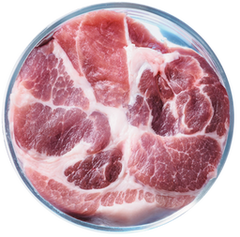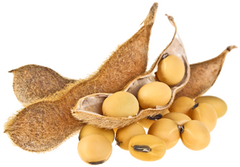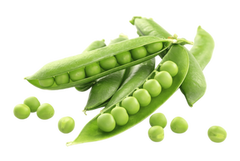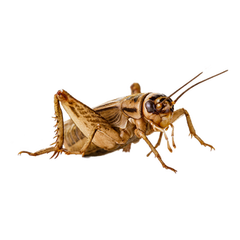Panel discussion on...
Alternative proteins
Feeding the future with expanded protein choices
Global events and the enduring trends of food security, health and well-being, and sustainability are changing the way people look at the future of food. Consumers are increasingly shifting their focus at a time when the global population is seeing significant growth. The United Nations has projected that the global population will reach 9.7 billion by 2050 – showing a crucial need for products that support a more resilient food system. On top of that, the World Food Program reports that 349 million people across 79 countries are facing food insecurity, which is an increase of approximately 200 million people compared to pre-pandemic levels.
Unlocking new protein sources and technologies
As we look to build a more resilient food system, a diverse set of protein sources, including animal, plant-based and new sources, are vital. Specifically, we see cellular agriculture, precision fermentation and insect farming for use in pet and animal feed at the forefront.
Cultivated protein offerings are one piece of the long-term puzzle in the future of protein innovation, and they can help bridge the gap between nutritional value and sensory aspects – enabling food manufacturers to meet high consumer expectations with close replicas of conventional meat through cellular agriculture.
Additionally, fermentation is an important method for developing alternative protein products. It’s also familiar, with many consumers recognizing the method across food sources. Precision fermentation takes the process one step further, using specific microorganisms to produce functional ingredients, including targeted proteins and enzymes, as well as enabling customizable formulation solutions.
Moreover, the expansion of protein sources is reaching outside the human nutrition space. With farmers and livestock producers looking for high-quality animal feed with added nutritional value, insect farming is an emerging and promising new alternative that can offer a more diverse protein source for the aquaculture and pet industries. Plus, insect protein has the ability to deliver high-quality nutritional content with a low carbon footprint and land requirement.
Partnering for successful protein innovation
Meeting the needs of the growing population will require alternative ingredients that extend well beyond conventional sources of protein. There is also potential to combine key components from plant-based and alternative protein categories and technologies, such as cellular agriculture and precision fermentation, to improve the functionality, taste, texture and nutrition of alternative offerings. If successful, this could help new technologies garner more widespread appeal and improve affordability.
Research finds that consumers noted they were more likely to try products made with precision fermentation or cellular agriculture if they knew that they were proven to be safe, high in nutritional value, low in price and good for the environment (1). Brands can further support awareness and interest in these offerings by being transparent and communicating more details about products created through these methods.
To continue to scale up production of new technologies, further investments and research are critical to building viable alternative options and securing mainstream acceptance.
Elevating sensory experiences and diversifying protein opportunities
The sensory experience and nutrition remain primary focus areas within the alternative protein space, with many consumers agreeing that both taste and nutrition are equally important in alternative products (2).
It's important for manufacturers to first consider the different characteristics of alternative protein ingredients when incorporating them into food and beverage applications. While improving protein content, some proteins may also contribute gritty texture or inherent off-notes, such as bitterness or earthiness. High inclusions of plant proteins may also impact a product’s appearance and functionality. By understanding the end goals of the application and dialing in on consumer expectations, food scientists, culinary experts and marketers must work together with brands to create offerings that satisfy consumers’ nutrition goals and provide premium taste, texture and visual appeal.
On the flavor side, chefs at the highest level are embracing the possibilities and pushing boundaries to increase consumer interest in protein alternatives. By optimizing flavor and the sensory experience through exceptional culinary creations and cooking methods, more alternative options are coming to the fore focusing on taste, mouthfeel, aroma and appearance.
New innovations are also beginning to fill alternative protein gaps in eating occasions. For example, whole muscle-like offerings, including steaks, chops and shellfish, are emerging. Cutting-edge technologies and solutions are expanding and revolutionizing how we produce alternative protein options, with expert scientists and chefs collaborating to develop applications that capture consumer attention.
Alternative proteins can support dietary diversity, experiential eating and a more secure food system.
Panelists





References and notes
- Hartman Group, Food & Technology, 2022
- ADM Outside Voice℠














